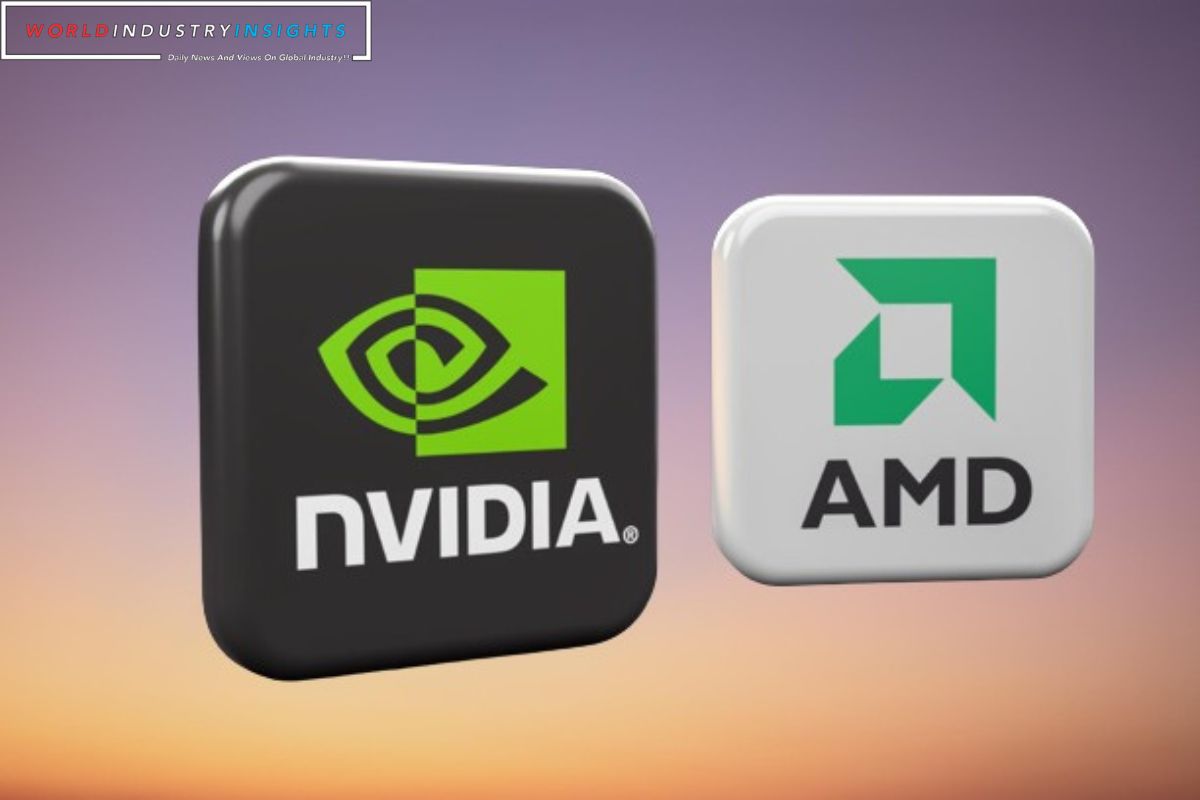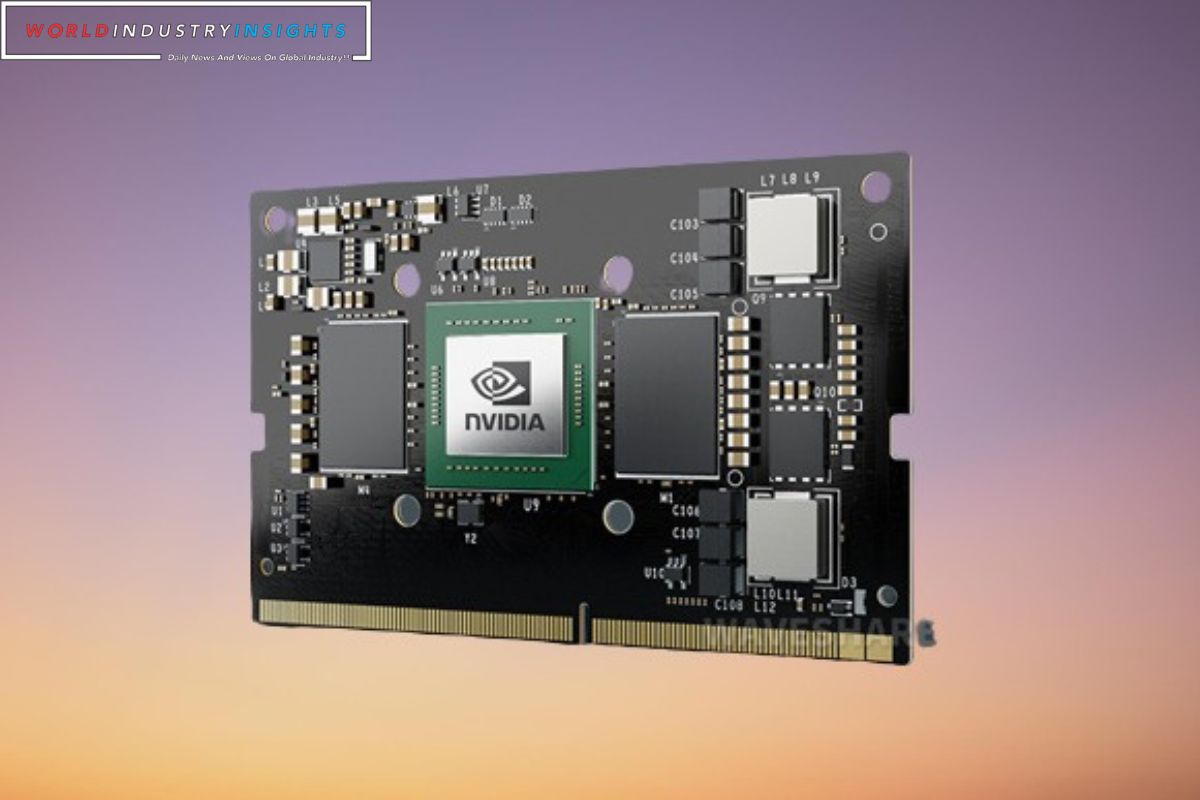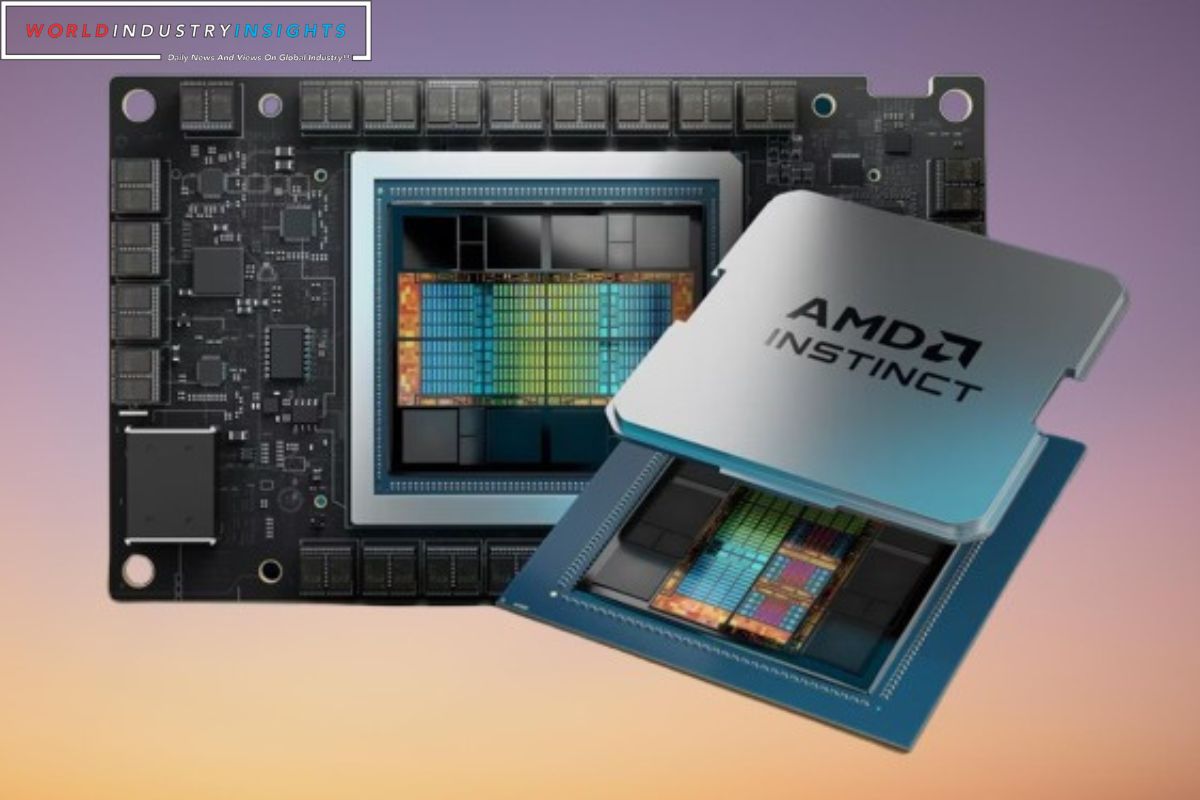Amd’s Future Growth Strategy: As the demand for artificial intelligence (AI) continues to surge, the battle for dominance in the AI chip market intensifies.
Nvidia has long been the undisputed leader in this space, with its GPUs powering the majority of AI applications.
However, AMD, a formidable competitor, is positioning itself to challenge Nvidia’s supremacy.
With its aggressive growth strategy and a focus on innovation, AMD aims to carve out a significant share of the AI chip market.
But can it truly overcome Nvidia’s dominance?
In this discussion, AMD’s future growth strategy, analyze the potential challenges it may face, and assess whether it has what it takes to disrupt Nvidia’s reign in AI chips.
Key Takeaways
- AMD is actively pursuing a competitive edge in the AI chip market and plans to launch a more powerful chipset in 2024 to challenge Nvidia’s stronghold.
- Collaborations with tech giants like Meta and Microsoft indicate AMD’s potential for success and its aim to establish itself as a formidable player in the AI chip market.
- Major companies seeking alternatives to Nvidia create an opportunity for AMD, and the competitive landscape may shift as companies reduce their dependence on Nvidia.
- While Nvidia currently holds over 80% of the market share in AI chips, AMD’s steady growth and cost-effectiveness could pose a challenge to Nvidia’s dominance.
Intense Competition Forecasted Between Nvidia and AMD in AI Chips
Intensifying competition is on the horizon between industry giants Nvidia and AMD in the realm of AI chips, as demand for these advanced technologies continues to soar.
Nvidia has long been the dominant player in this space, with a staggering 240% surge in 2023. However, AMD is not far behind, experiencing a substantial 112% increase in its shares. This sets the stage for a dynamic clash between the two semiconductor powerhouses in 2024.
Also Read: China Tech Disruptors Challenge Nvidias Hegemony Amid Shifting Export Dynamics
The battleground will feature Nvidia’s financial strength and established market presence against AMD’s ambitious growth initiatives.
As the demand for AI chips continues to rise, both companies will undoubtedly strive to outdo each other in terms of technological advancements, product offerings, and market share.
This intense competition will undoubtedly drive innovation and benefit consumers in the rapidly evolving AI industry.
Nvidia’s Dominance and AMD’s Potential Challenge in the AI Chip Sector
The semiconductor sector’s growth in 2023, driven by the escalating demand for AI chips, has solidified Nvidia’s dominance in the market, setting the stage for AMD’s potential challenge in the AI chip sector. As Nvidia continues to hold over 80% of the market share in AI chips, it is clear that their experience in the GPU business has given them a significant advantage.
However, AMD is not backing down. With the launch of a more powerful chipset planned for 2024, AMD is positioning itself to take on Nvidia’s stronghold. Moreover, the strategic collaborations made by AMD in 2023 indicate that they are actively working towards gaining a competitive edge.
The battle for dominance in the AI chip sector is heating up, and it will be fascinating to see how AMD’s future growth strategy unfolds.
- Nvidia’s over 80% market share in AI chips highlights its dominance in the sector.
- AMD’s upcoming launch of a more powerful chipset in 2024 shows their determination to challenge Nvidia.
- AMD’s strategic collaborations in 2023 hint at a competitive edge in the AI chip sector.
- The semiconductor sector’s growth, driven by the demand for AI chips, provides an opportunity for AMD to make a mark.
- The battle between Nvidia and AMD in the AI chip sector will shape the future of the semiconductor industry.
Amd’s Future Growth Strategy and Potential Shift in AI Chip Market
With a determined focus on gaining market share in the AI chip sector, AMD is strategically positioning itself for growth and potentially challenging Nvidia’s dominance.
AMD’s recent success, along with its collaborations with tech giants like Meta and Microsoft, indicates that it is well-positioned to make significant strides in the AI chip market.
The growing trend among major companies to reduce their dependence on Nvidia further suggests a potential shift in the competitive landscape.
As companies seek alternatives to Nvidia, AMD has an opportunity to capitalize on this market demand and establish itself as a formidable player in the AI chip market.
Nvidia and AMD’s Financial Performances: A Comparative Analysis
As the AI chip market continues to evolve, a comparative analysis of Nvidia and AMD’s financial performances provides valuable insights into their respective positions and potential for growth.
- Nvidia reported a remarkable year-on-year revenue increase of 205.5% in its last quarter, fueled by a staggering 280% surge in AI chip sales.
- In contrast, AMD posted a more modest year-over-year growth of 4.2%, with quarterly revenue totaling $5.8 billion.
- While AMD may be perceived as a more cost-effective alternative, Nvidia’s financial attractiveness is underscored by its larger market size.
- Nvidia’s impressive revenue growth demonstrates its dominance in the AI chip market, positioning it as a formidable competitor for AMD.
- However, AMD’s steady growth and reputation for cost-effectiveness could potentially carve out a niche in the market, challenging Nvidia’s dominance.
These financial performances shed light on the competitive landscape and hint at the opportunities and challenges ahead for both Nvidia and AMD in the AI chip market.
Nvidia’s Enhanced Collaboration with Vietnamese Tech Firms in AI Development
Nvidia’s deepening collaboration with Vietnamese tech firms in the development of artificial intelligence (AI) demonstrates its commitment to fostering innovation and driving technological advancements in the region. With an existing investment of $250 million in Vietnam, Nvidia has already partnered with leading tech companies to implement AI solutions in cloud computing, automotive, and healthcare sectors.
This enhanced collaboration not only strengthens Nvidia’s presence in Vietnam but also contributes to the country’s growth in cultivating AI talent and developing digital infrastructure. By leveraging the expertise and resources of Vietnamese tech firms, Nvidia can tap into the region’s potential for AI development and expand its reach in the Southeast Asian market. This strategic move aligns with the upgraded diplomatic relations between the U.S. and Vietnam, further solidifying Nvidia’s position as a key player in the global AI industry.
| Nvidia’s Enhanced Collaboration with Vietnamese Tech Firms in AI Development | |
|---|---|
| Key Points | – Nvidia reinforces support for Vietnam’s AI development |
| – Existing investment of $250 million in Vietnam | |
| – Partnerships with leading tech companies in cloud computing, automotive, and healthcare | |
| Impact | – Strengthens Nvidia’s presence in Vietnam and Southeast Asia |
| – Contributes to Vietnam’s talent cultivation and digital infrastructure development |
Conclusion
In conclusion, the intense competition between Nvidia and AMD in the AI chip sector is set to continue. While Nvidia currently holds a dominant position, AMD has the potential to challenge its dominance with its growth strategy and potential shift in the AI chip market.
A comparative analysis of their financial performances reveals the competitiveness of both companies. Additionally, Nvidia’s enhanced collaboration with Vietnamese tech firms in AI development further strengthens its position.
The future of the AI chip market will be driven by the relentless pursuit of innovation and market share by these two industry giants.
Our Reader’s Queries
What is the future strategy of AMD?
AMD is set to shake up the market dominated by Nvidia with its MI300x range of data center chips. These chips are specifically designed to match or even surpass the capabilities of Nvidia’s h100 in running and training AI platforms. Despite the launch of these new products, AMD’s third-quarter revenue only saw a modest increase of 4% year over year, reaching $5.8 billion.
What are the AMD plans for the future?
AMD is set to release the Phoenix Point mobile processor in 2023, which will combine the powerful Zen 4 core architecture with AMD RDNA 3 graphics architecture and AIE. This will be followed by the Strix Point processor in 2024. These processors are sure to bring a new level of performance and efficiency to mobile devices.
Does AMD have a good future?
Although AMD’s recent quarter only saw single-digit growth, the company’s valuation suggests it must continue to expand. While this may seem like a daunting task, investing is all about looking towards the future. AMD’s new AI chip business has the potential to drive spectacular growth over the next five years. Despite the premium price, the company’s potential for growth makes it a promising investment opportunity.
How is AMD growing?
AMD has been making significant strides in the server processor market, outpacing Intel in recent times. In the third quarter, AMD’s share of server processors rose by an impressive 5.8 percentage points to reach 23.3%. This growth can be attributed to the increasing adoption of AMD’s server CPUs by cloud service providers.




